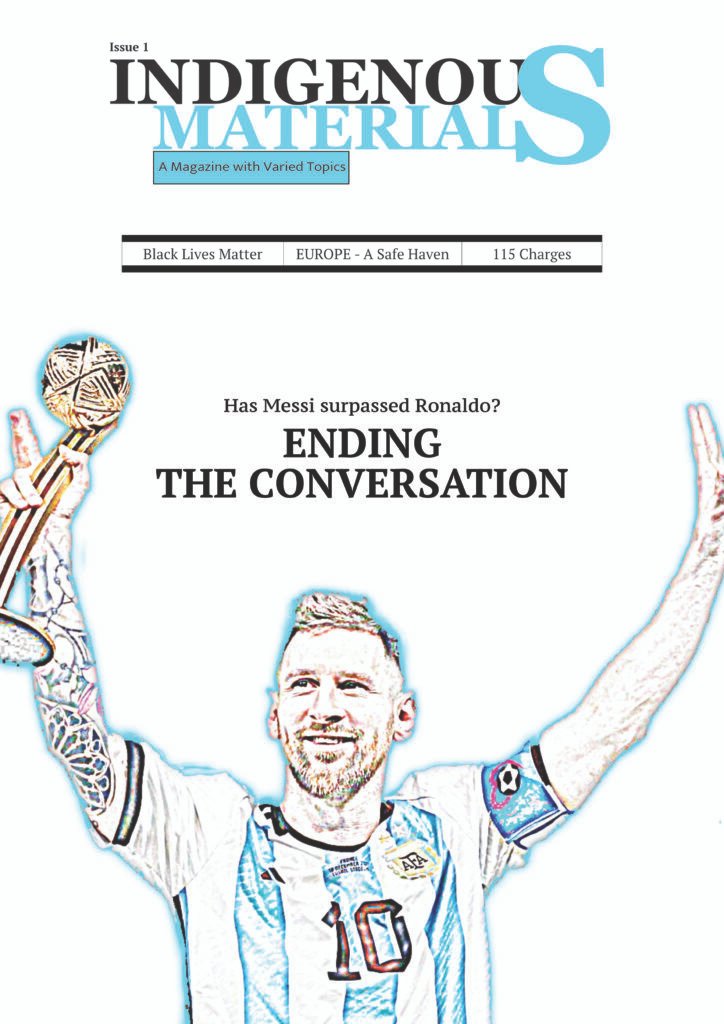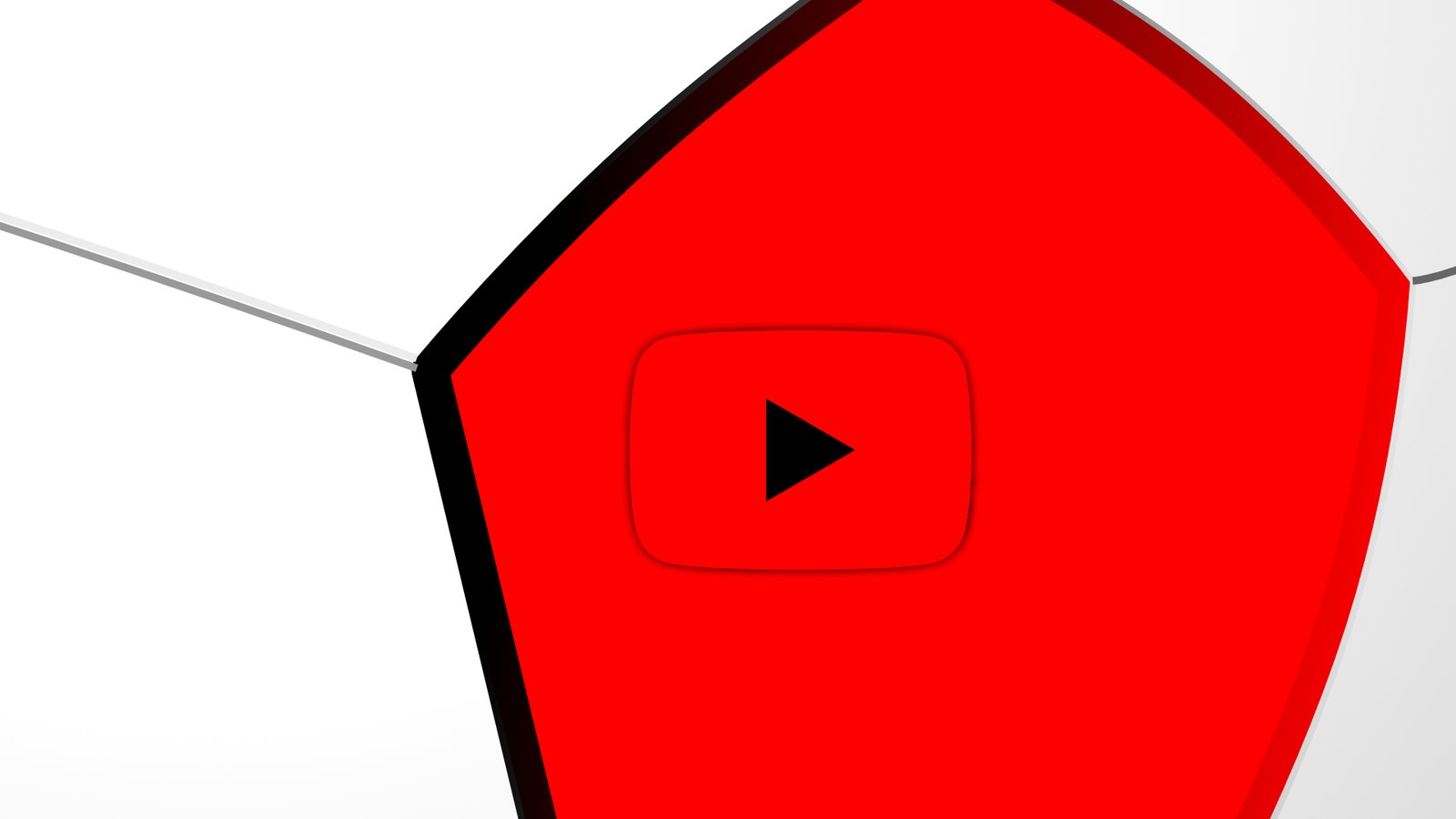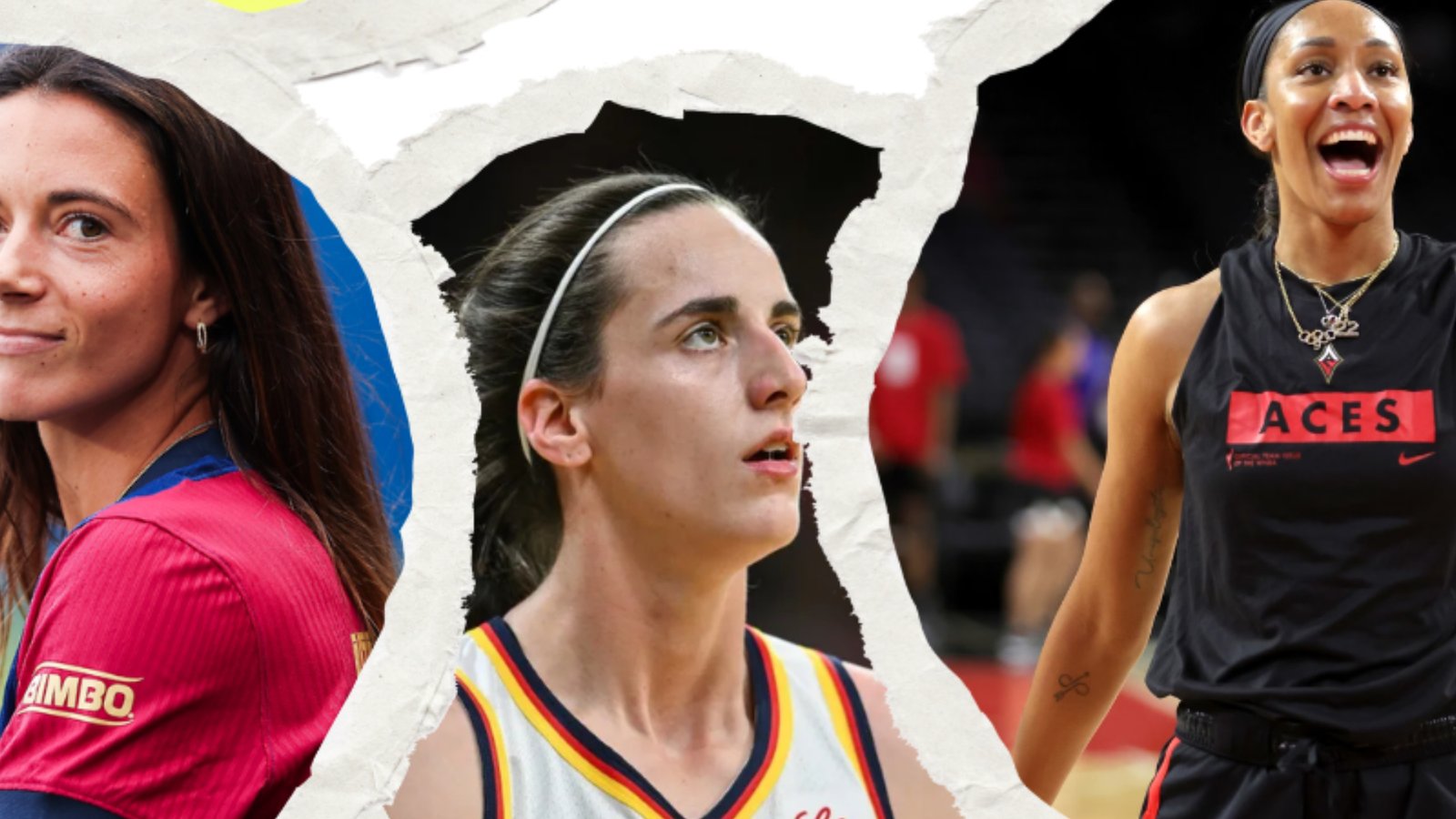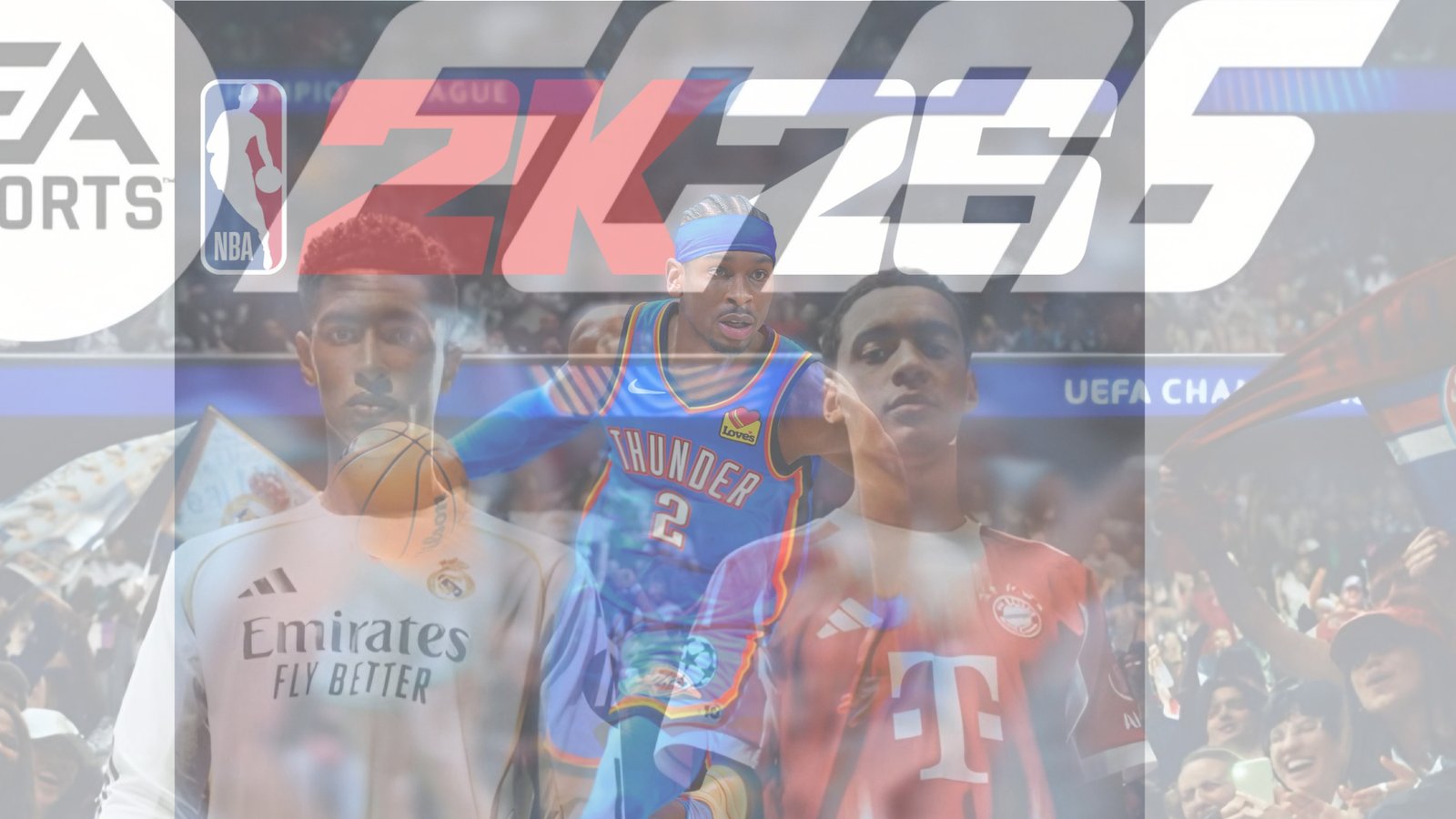Contemporary media paradigm for football
The rise of football fan channels has grown, and it has brought a new dimension to football. The old and traditional way of punditry made football become an old boys’ club when old footballers turned pundits were talking about football that didn’t have any connection to the new generation. The simple fact is that pundits have become complacent with the same comments and analyses that did not appeal to the wider audience. The football fan channels give different perspectives on football, and they shine a brighter light on the sport. The establishment of AFTV by Robbie Lyle (Don Robbie) pushed the narrative of the fan football channels to a new dimension, and it allowed regular football fans to express themselves. The rise of AFTV and the increase in audiences to Dr Sports enabled other fans to engage in fresh and different media content that traditional media platforms do not provide.
The growth of United Stand by Mark Goldbridge shows that modern audiences want to engage in content that is easier for them to follow. YouTube continues to make remarkable steps, and Goldbridge and Gary Neville’s Overlap channel has been given the rights to show the Bundesliga matches on their platforms. This shows that football organisations are finding ways to increase their market share and using new media strategies to increase their growth. In the next ten years, more football organisations such as UEFA and FIFA will use influencers to sell the sport because they know that the young fans are looking up to their football influencers like their idols.
The concepts and topics from these football influencers are considered ‘cool’ by their Gen X and millennial fans. The thorough engagement and accessibility to content mean that these audiences can always be watching them every hour of the day. YouTube football will grow, and it will only grow because organisations will increase their sponsors and use these influencers to seek other alternatives where young fans can access the sports.
The rise of football fan channels is one of the clearest examples of how digital media has transformed the way people consume sports. For decades, football broadcasting was dominated by traditional outlets such as Sky Sports, BT Sport, and the BBC. Their content was shaped by ex-players, journalists, and commentators, many of whom offered professional insight but lacked the raw passion of fans. While this style appealed to older generations, younger audiences felt disconnected. They wanted energy, banter, and real conversation that reflected their own frustrations and celebrations. Fan channels filled that gap.
What makes these platforms revolutionary is accessibility. Anyone with a camera and strong opinions can create a channel, meaning football talk is no longer exclusive to elite professionals. Robbie Lyle’s AFTV demonstrated that ordinary fans could generate as much, if not more, engagement than TV networks. The channel became famous for its raw post-match reactions, debates, and fan rants that captured the emotions of supporters better than polished studio analysis ever could. Whether controversial or entertaining, it created community, and community is what football thrives on.
Similarly, Mark Goldbridge’s The United Stand became a blueprint for how to build a global fan base through relatability. Goldbridge tapped into Manchester United’s massive following, creating a space where fans felt heard. Instead of being passive viewers, audiences actively interact through live chats, watch-alongs, and social media. This two-way engagement is something traditional broadcasters could never provide, and it explains why fan channels have skyrocketed in popularity.
Football organisations have taken notice. The decision to give Bundesliga rights to Goldbridge and Gary Neville’s The Overlap is a signal that football’s biggest institutions understand the influence of digital creators. Younger audiences no longer rely solely on television; they are consuming football content on YouTube, TikTok, Instagram, and Twitter. This decentralisation of football media means that governing bodies must adapt or risk losing relevance with the next generation.
Looking ahead, the role of influencers in football will only expand. UEFA, FIFA, and domestic leagues will inevitably partner with digital creators to connect with Gen Z and Gen Alpha. These younger fans are more likely to trust the voices of Robbie Lyle, Mark Goldbridge, or other influencers than traditional pundits because they see them as authentic and relatable. Sponsors, too, have realised the marketing potential of fan channels; brand deals, collaborations, and exclusive coverage are already flowing toward these new football media stars.
Of course, this shift is not without criticism. Some argue that fan channels thrive on sensationalism, negativity, or clickbait. Others worry about the loss of professional journalism and in-depth analysis. However, one cannot deny that these platforms have democratized football conversation, making it more inclusive and diverse than ever before. Instead of a one-way broadcast, football content is now a global dialogue.
In conclusion, the rise of football fan channels is reshaping modern football media. From AFTV’s viral interviews to The United Stand’s global reach, these platforms have disrupted traditional punditry and given fans a powerful voice. With football organisations increasingly embracing influencers, the trend is set to grow even stronger. Fan channels are not just an alternative; they are becoming central to the football experience itself.




